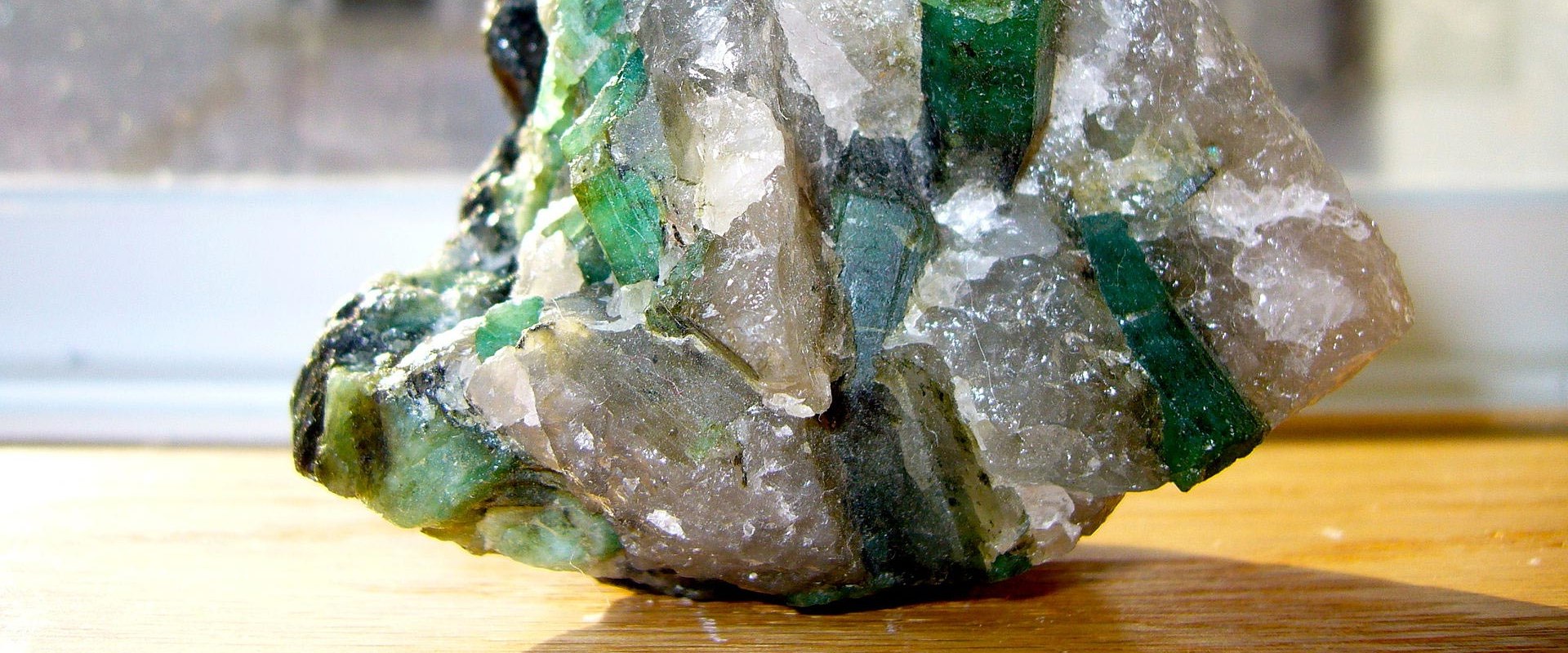Estimates suggest that quartz crystals take thousands of years to form, as the process requires a gradual cooling of magma or a slow precipitation of hydrothermal solutions. Rapid processes can produce massive microcrystalline or semitransparent quartz, but without the correct crystal shape. In 1845, German geologist Karl Emil von Schafhäutl was the first to successfully cultivate quartz crystals through hydrothermal synthesis. Modern techniques can be used to grow large single crystals, but they require specialized equipment.
Molecules tend to withdraw from the edges of crystals, making it difficult for small crystals to form. Ghostly layers form over hundreds of years inside a crystal due to hot water solutions trapped in the cavities of preformed glass. Rutilated quartz crystals are golden-yellow needle-shaped inclusions that give quartz its shape. Quartz crystals in igneous rocks may also show an onion-like internal structure, indicating pulsating growth.
If you're determined to grow quartz crystals at home, you can heat silicic acid in a pressure cooker to create small crystals. Certain types of amethyst crystals can be colored with modern heat treatment. Feldspar crystals are more likely to be found in granite than ideally shaped quartz crystals.
